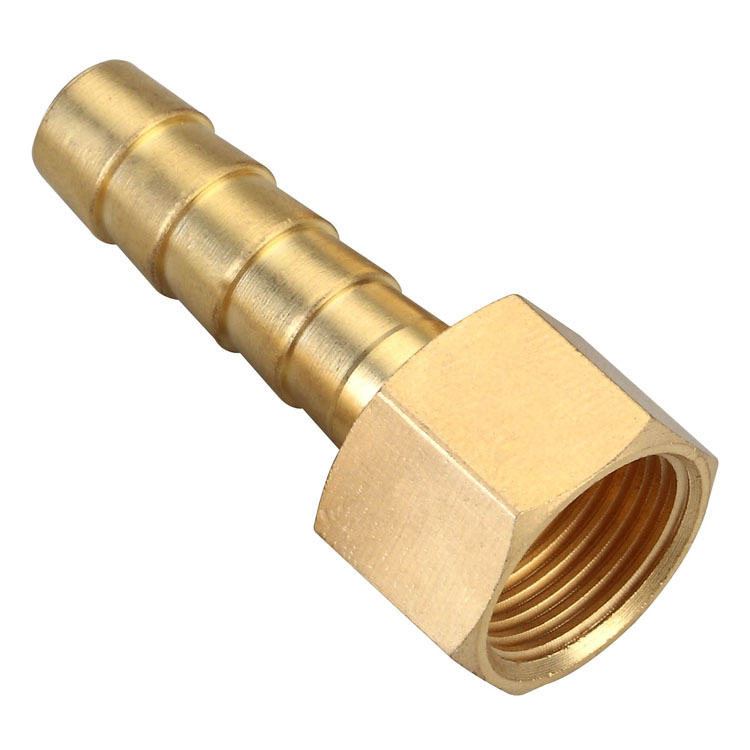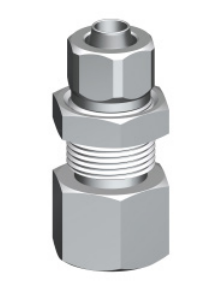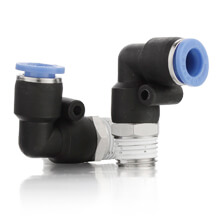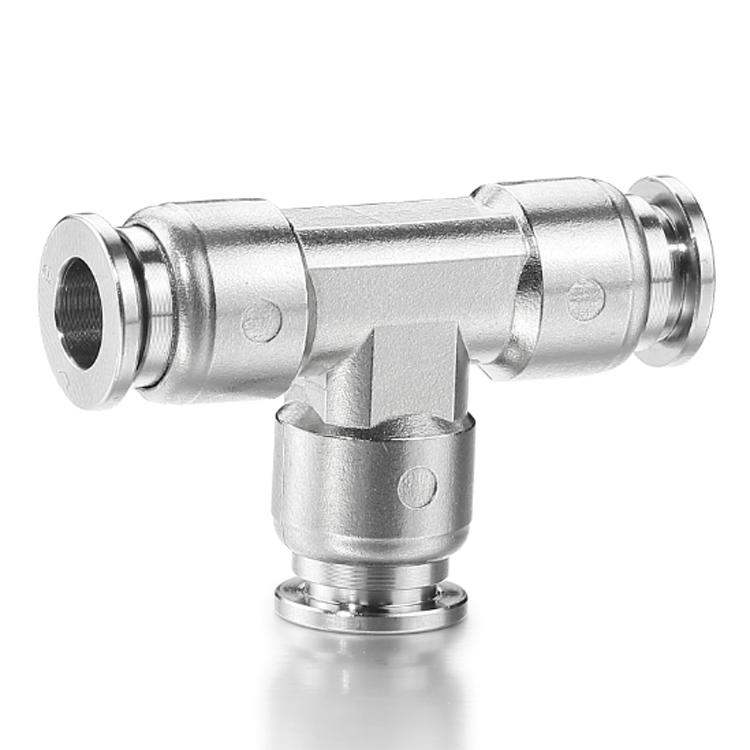When it comes to pneumatic systems, air fittings are essential components that facilitate the efficient transfer of compressed air. However, a common question arises: can you run water through air fittings? Understanding the compatibility of air fittings with water is crucial for ensuring the integrity and performance of your systems. This article will delve into the characteristics of air fittings, the implications of using them for water applications, and best practices to ensure safe and effective use.
What Are Air Fittings?
1. Definition and Types of Air Fittings
Air fittings are connectors used in pneumatic systems to join hoses, tubes, and pipes, allowing for the efficient transfer of compressed air or gases. They come in various shapes and sizes, designed to accommodate different pressure levels, flow rates, and application requirements. Common types of air fittings include:
- Push-to-Connect Fittings: These fittings allow for quick and easy connections without the need for tools. They are ideal for applications requiring frequent disconnection and reconnection.
- Threaded Fittings: These fittings use threads to create a secure connection between components. They are commonly used in applications where a permanent connection is desired.
- Quick Couplers: These fittings enable rapid connection and disconnection of hoses, making them popular in applications where tools need to be frequently changed.



2. Materials Used in Air Fittings
Air fittings are typically made from various materials, including brass, stainless steel, and plastic. The choice of material is crucial, as it affects the fitting’s durability, corrosion resistance, and compatibility with different fluids.
- Brass: Known for its excellent corrosion resistance and ease of machining, brass is commonly used in air fittings. However, it can corrode when exposed to water over time, especially in the presence of certain minerals.
- Stainless Steel: This material offers high strength and exceptional resistance to rust and corrosion, making it suitable for both air and water applications. Stainless steel fittings are often preferred in environments where hygiene and durability are paramount.
- Plastic: Lightweight and cost-effective, plastic fittings are often used in low-pressure applications. However, their durability may be compromised when exposed to certain chemicals or high temperatures.



Can You Run Water Through Air Fittings?
1. Compatibility of Air Fittings with Water
The primary concern when considering running water through air fittings is whether these fittings are designed to handle liquids. While many air fittings can technically accommodate water, several factors must be considered:
- Material Compatibility: Not all materials used in air fittings are suitable for water. For example, brass fittings may corrode when exposed to water, especially if the water contains minerals or other contaminants. Stainless steel fittings, on the other hand, are generally more resistant to corrosion and can handle water applications better.
- Sealing Integrity: The sealing mechanisms in air fittings are often designed for gases, which may not provide the same level of sealing when liquids are involved. This can lead to leaks if the fittings are not specifically rated for water use.
2. Specific Considerations for Different Fitting Types
Different types of air fittings perform differently when used with water:
- Push-to-Connect Fittings: These fittings can be used with water, but it is essential to ensure that they are rated for liquid applications. Some push-to-connect fittings are designed specifically for water and can provide a secure seal.
- Threaded Fittings: Threaded fittings can be used for water applications, but it is crucial to use appropriate thread sealants to prevent leaks. Ensure that the sealant is compatible with both the fitting material and the water being used.
- Quick Couplers: While quick couplers are convenient for air applications, their performance with water can vary. Always check the manufacturer’s specifications to ensure they are suitable for liquid use.
Potential Issues When Running Water Through Air Fittings
1. Corrosion and Material Degradation
One of the most significant risks of running water through air fittings is corrosion. Water can cause certain materials, particularly brass, to corrode over time. This corrosion can lead to:
- Reduced Fitting Lifespan: Corroded fittings may fail prematurely, leading to leaks and system failures. The presence of water can accelerate the degradation of brass fittings, especially in environments with high mineral content.
- Contamination: Corrosion can introduce particles into the water system, potentially contaminating the fluid and affecting downstream processes. This is particularly concerning in applications where water quality is critical, such as in food processing or medical settings.
2. Pressure and Flow Rate Considerations
Water pressure and flow rates differ from those of air, which can impact fitting performance:
- Pressure Ratings: Ensure that the fittings can handle the specific pressure requirements of water applications. Many air fittings are rated for lower pressures than those typically found in water systems. For instance, while air fittings may handle pressures up to 150 psi, water systems can often operate at higher pressures.
- Flow Rate: Water has a different viscosity than air, which can affect flow rates. Ensure that the fittings are designed to accommodate the flow rates required for your application. If the fittings are not rated for the expected flow, it could lead to pressure drops or inadequate performance.
Best Practices for Using Air Fittings with Water
1. Selecting the Right Fittings
When considering the use of air fittings for water applications, it is essential to choose fittings specifically designed for this purpose. Here are some recommendations:
- Check Manufacturer Specifications: Always refer to the manufacturer’s guidelines to ensure that the fittings are rated for water use. Look for fittings that explicitly state compatibility with liquids.
- Consider Material: Opt for stainless steel or specially coated brass fittings that offer better corrosion resistance when used with water. Some manufacturers produce fittings specifically designed for both air and water applications, which can provide peace of mind.
2. Regular Maintenance and Inspection
Routine maintenance is crucial when using air fittings for water applications. Here are some tips to ensure longevity and performance:
- Inspect for Leaks: Regularly check fittings for signs of leaks or corrosion. Early detection can prevent more significant issues down the line. If you notice any signs of wear, replace the fittings promptly.
- Monitor Connections: Ensure that all connections are secure and free from leaks. Tighten fittings as necessary, but avoid over-tightening, which can damage the threads and lead to leaks.
- Clean and Maintain: Keep fittings clean and free from debris that could affect their performance. Regular cleaning can help prevent buildup that may lead to corrosion.
Conclusion
Understanding whether you can run water through air fittings is essential for maintaining the integrity of your pneumatic systems. While it is possible to use air fittings for water applications, careful consideration of compatibility, potential corrosion, and best practices is crucial. By following the guidelines outlined in this article, you can make informed decisions that enhance the reliability and longevity of your fittings, ensuring that your systems operate smoothly and efficiently.

